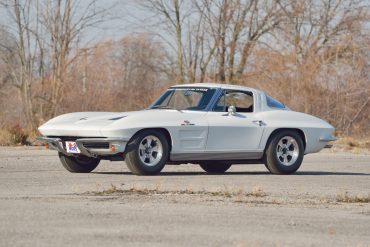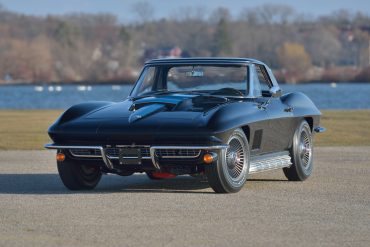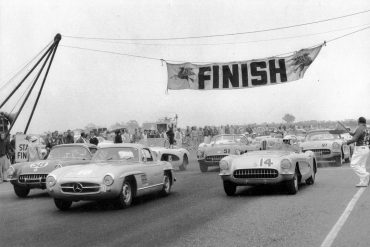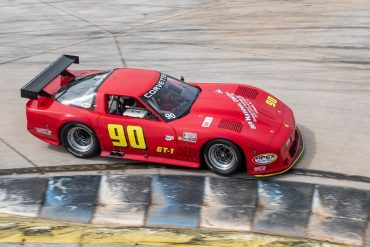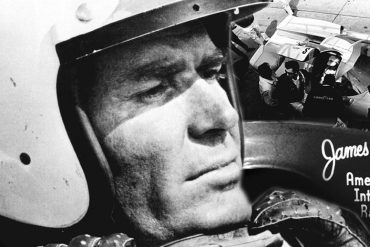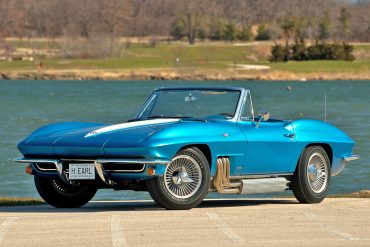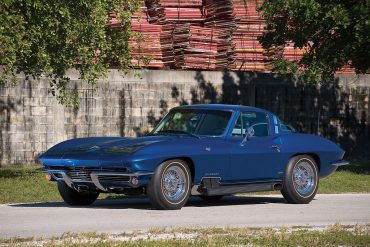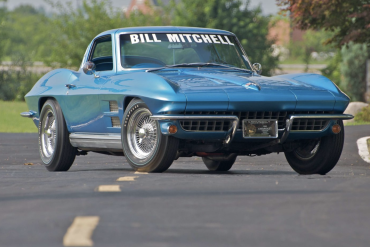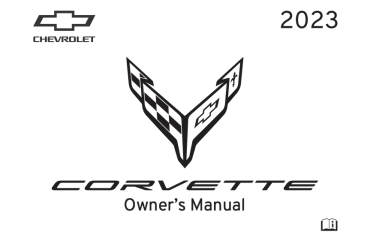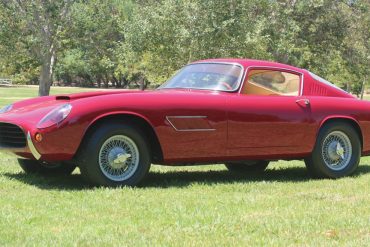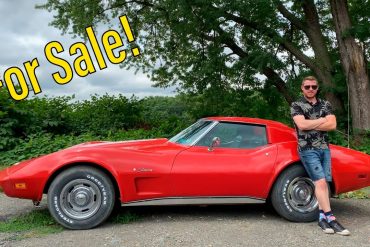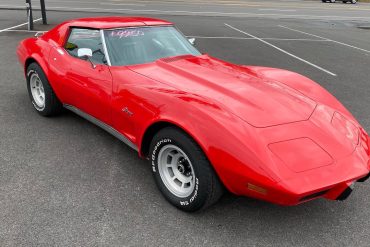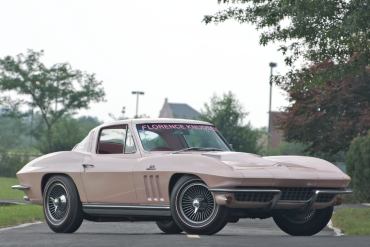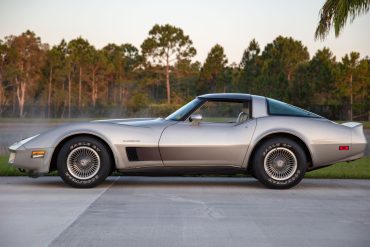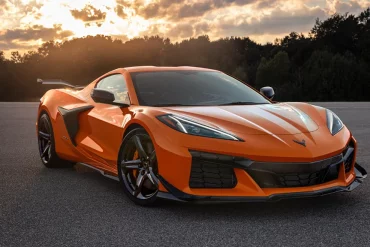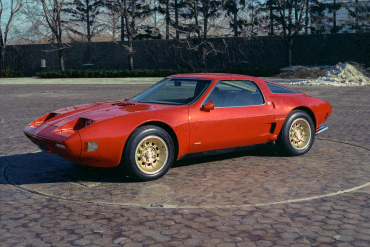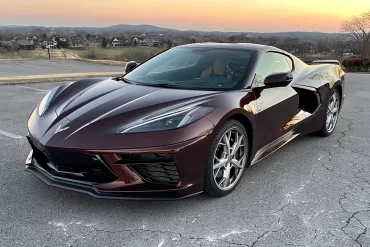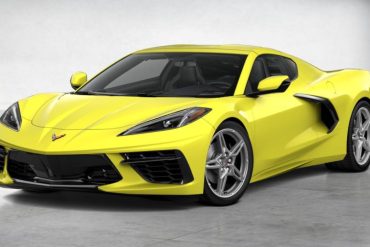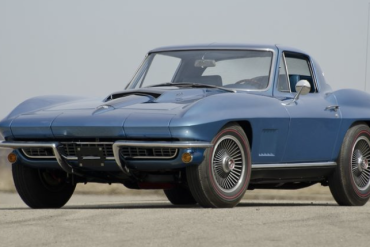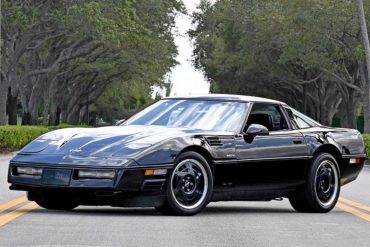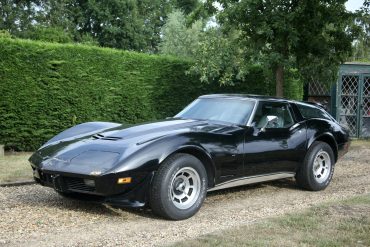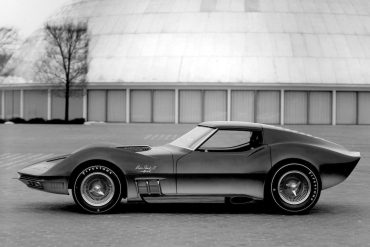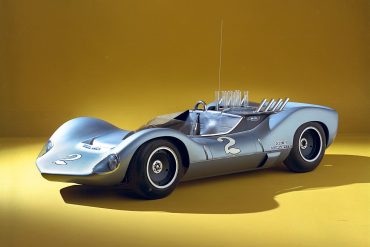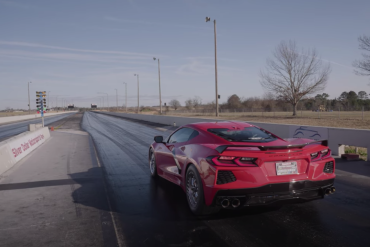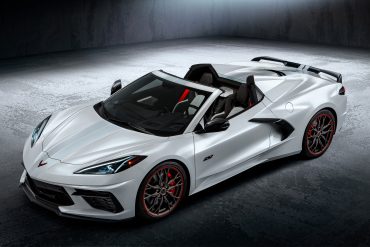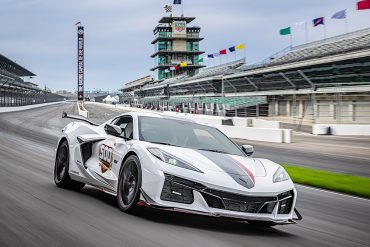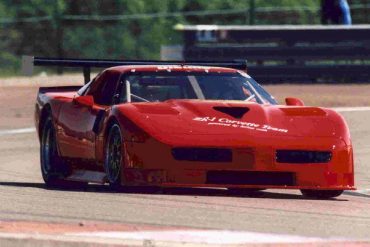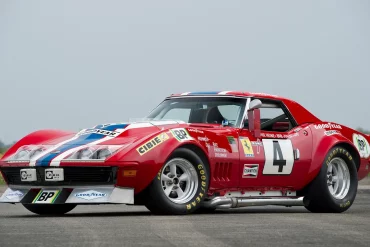American racing legend Mickey Thompson was a man in a hurry. He competed in numerous types of motorsport during his career...
JoinedMarch 9, 2017
Articles580
This article was first published on our sister site SportsCarDigest.com. It has been re-published for CorvSport readers to enjoy. This...
Note: This article was originally published on our sister website SportsCarDigest.com. It has been republished here for our CorvSport members...
Photography by Chuck Andersen. Corvettes graced the track at the 2024 HSR Spring Fling, hosted in Florida at the renowned...
The late ’60s were a time where Hollywood seemed to rediscover auto racing. Movie stars and celebrities like Paul Newman,...
In 1963 GM Design put together two special Corvettes according to special work orders. The first was delivered fresh to the 1963 Chicago Auto show, while a nearly identical version was gifted to the retired Harley Earl. These Vettes received numerous modifications from GM Design including and a new custom interior and sidepipes.
This one-off Corvette was custom-built by GM Styling under famed design chief Bill Mitchell, especially for the famed industrialist and Indianapolis racing sponsor Ozzie Olson of Olsonite fame. Among its special modifications including custom floor grates that were a trademark feature of the GM Styling specials
The most innovative of the Bob McDorman Collection’s GM Styling Corvettes is this Blue Metallic one-off enjoyed by GM Styling legend Bill Mitchell. The unique paint is accented with a custom made die cast front grille and matching dual front fender vents. A willing 327 CI engine gave this gem all the performance the boss could have asked for...
This Owners Guide contains important information regarding the operation and maintenance of your 2023 Corvette. In order to obtain maximum enjoyment and usage from your car, we suggest that you familiarize yourself with the contents...
The Story of the Elusive Scaglietti Corvettes Created With the Help of Carroll Shelby History is a curious thing, we...
Matching numbers 350 V-8 engine, automatic transmission, power steering, power 4-wheel disc brakes, air conditioning, chrome and aluminum accessories, headers,...
"Bunkie" Knudsen ordered it up in the spring of 1964 for his wife, Florence. This car is as much of a gem today as it was when Florence Knudsen first saw it, so says its current owner, Chevy dealer and noted Corvette collector Bob McDorman. It had custom Pink Pearl paint and custom pink leather interior.
To celebrate the departure of the third-generation Corvette, Chevrolet decided to offer a final commemorative “Collectors Edition” model. However, recalling their experience with the 1978 Pace Car Replicas it was decided that the 1982 Collector Edition Corvettes would be built only “as needed” to satisfy customer orders and that they would get unique vehicle identification plates to help deter someone from turning a standard car into a Collectors Edition knock-off.
GM had already made a significant statement with the introduction of the 2020 mid engine Corvette C8. It would speak even louder with the 2023 Corvette Z06. Everybody agrees that the big news came from the engine compartment. But there is still a fair amount on the exterior that makes the C8 Corvette Z06 special.
This little concept mounted a 180-horse Wankel transversely, driving a new automatic transaxle being developed for the forthcoming X-body Citation. Designed by GM's Experimental Studio and built in 6 months on a modified Porsche 914 chassis by Pininfarina, the 2-Rotor made its debut at the 1973 Frankfurt show.
Looking for information on how to maintain your 2022 Corvette? We've curated resources to help you keep your Corvette in great shape for years to come!
Looking for information on how to maintain your 2021 Corvette? We've curated resources to help you keep your Corvette in great shape for years to come!
1967 Chevrolet Corvette Sting Ray L89 Tri-Power There were 16 of the 1967 RPO L89 Corvettes manufactured by Chevrolet, thus...
This vehicle pioneered the advantages of “Active Suspension” and had GTP Corvette race car technology. Built at the Bowling Green Plant, this vehicle was developed as a prototype for a limited edition run in the 1990 model year. Chevrolet ordered it to be built with a complex, high-tech active suspension that includes an Eaton hydraulic pump and Moog actuators. This car and the technology inside of it led to the Active Handling system GM released in 1996.
Greenwood didn’t just build Corvettes for the track, constructing a variety of different street car kits over the years. The story goes that the original ’wagon concept was commisioned by a drummer who wanted a Vette with enough cargo space to haul his drums to various gigs. Since the demise of the Corvette trunk, easily accessible cargo areas were definitely on the wish list for many enthusiasts. Chuck Miller designed and built this first Shark-era Sportwagon.
The Mako Shark II was a radical concept that shaped Stingray years later. While showcasing distinct design cues, the Mako Shark contained many notable features for 1965. It had a one-piece front-end that hinged forward for access to the engine bay, a removable hardtop, knock-off aluminum wheels and a big-block 427. Chevrolet received overwhelming requests to have it produced.
The GS II (Grand Sport II) was a test vehicle completed in late 1963 by Chevrolet Engineering Center (C.E.C.). The chassis was constructed of spot-welded sheet steel and was fitted with narrow tires. With only minor testing done at GM’s test facility in Michigan, the vehicle was shipped to Texas to the Chaparral Cars test facility.
2023 Corvette Vehicle Identification Numbers (VIN) Below are the VIN ranges for the 2023 Corvette cars coming soon. No Subscription?...
Say hello to the mother of all C8 Corvettes. We’re talking a twin-turbo setup, meaty rear tyes, nitrous – music...
The 70th Anniversary Edition Corvettes will be unique, even among other 2023 Corvettes, in the following ways: First, the Anniversary Edition cars will be offered in two exclusive color packages - an all-new White Pearl Metallic Tri-coat or a Carbon Flash Metallic. An optional stripe kit will also be offered in complimenting colors - Satin Gray on the Pearl White Metallic, and Black on the Carbon Flash Metallic. The cars will also be fitted with unique-and-distinct wheels with commemorative caps.
The 2023 Corvette Z06 pace car uses the same 670-horsepower 5.5-liter naturally aspirated V8 as the road-going version. It has the Z07 Performance Package that has additional features like Magnetic Ride Control 4.0 calibrations, carbon-fiber wheels with Michelin Sport Cup 2 R ZP tires, and carbon-ceramic brakes. The pack also adds carbon pieces to the body.
This car was created by Doug Rippie. His claim to fame was the Corvette Challenge Series. Rippie loved racing Corvettes in the US, but, his life-long dream was to take on the world-class marques at Le Mans. So, when Chevy introduced the C4 ZR1 the opportunity was opened up. Via his collaboration with MerCruiser and Lotus Engineering, all with Chevy’s blessing, the "Black Widow" program created special street and race versions of the LT5 engine. This engine made 525hp.
The Corvette L88 Scuderia Filipinetti Le Mans Racer holds a significant place in Corvette's racing history. With a coil spring front suspension and an L88 engine prepped by Zora Arkus-Duntov and smuggled out the back door to circumvent GM's ban on racing, the L88 was driven at the 1968 24 Hours of Le Mans by Henri Greder and Umberto Maglioli. It dominated the Porsches and led the GT class til 6th hour when carburetion problems melted a piston.


